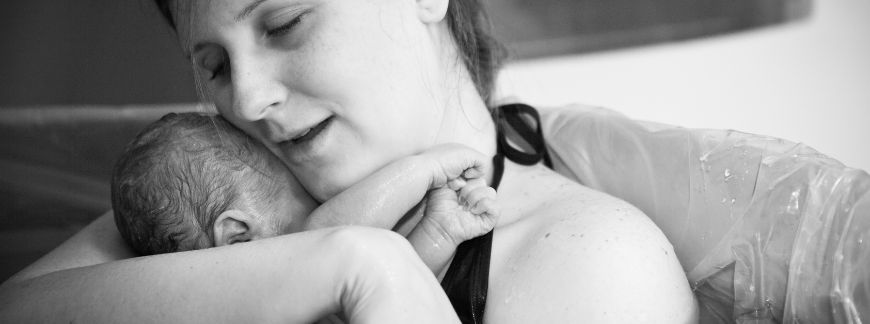What is Oxytocin?
Oxytocin, often referred to as the “Love Hormone,” is a hormone that is produced in the brain and release into the bloodstream during labor causing the uterus to contract.
In addition to the role it plays during contractions, oxytocin is also released during the physical stimulation of a woman’s nipples.
The release of oxytocin creates feelings of contentment, reduces anxiety and increases feelings of security and calm.
Naturally, due to these factors, there is much evidence that the Love Hormone is important to mother-baby bonding as it enables an increased in trust and decrease in fear.
Synthetic Oxytocin for Home Birth in Austin
As you just learned, oxytocin is a hormone that your own body creates – a natural substance created and flowing within your own body.
 There are also synthetic forms of oxytocin. They are Pitocin and Syntocinon.
There are also synthetic forms of oxytocin. They are Pitocin and Syntocinon.
Pitocin is used to induce (start contractions before labor begins naturally) or augment (strengthen weak contractions during labor) labor.
“Potential Adverse Reactions of Synthetic Oxytocin
Oxytocin is relatively safe when used at recommended doses, and side effects are uncommon. The following maternal events have been reported:
* Subarachnoid hemorrhage
* Increased heart rate
* Decreased blood pressure
* Cardiac arrhythmia and premature ventricular contraction
* Impaired uterine blood flow
* Pelvic hematoma
* Afibrinogenonemia, which can lead to hemorrhage and death
* Anaphylaxis
* Nausea and vomiting
Excessive dosage or long-term administration (over a period of 24 hours or longer) have been known to result in tetanic uterine contractions, uterine rupture, postpartum hemorrhage, and water intoxication, sometimes fatal.
Increased uterine motility has led to the following complications in the fetus/neonate:
* Decreased heart rate or heart rate decelerations
* Cardiac arrhythmia
* Brain damage
* Seizures
* Death
In addition, the use of pitocin in the mother has been associated with neonatal jaundice, retinal hemorrhage, and low five-minute Apgar score.”
Release of Oxytocin
One of the strongest ways to release oxytocin is through touch.
Other ways include laughter, exercise, feeling grateful and/or loving, rhythmic movements, speaking mantras, prayer, Acupuncture, meditation, massage, relaxation, positive environments, feeling full after a meal and dancing.
After reading this list, it’s easy to understand why there is a surge of oxytocin into the blood stream immediately after birth and during the let-down of breastmilk.
